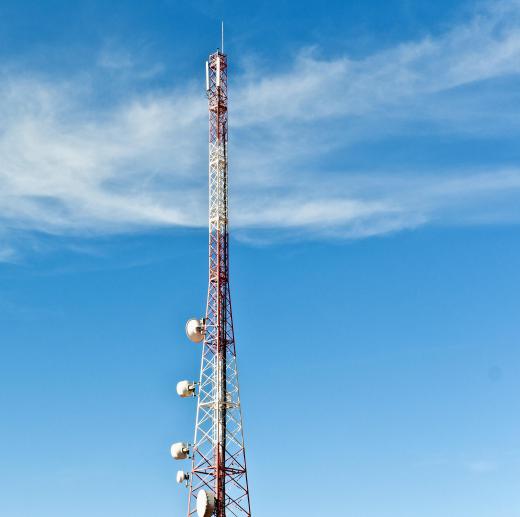The common perception of digital television these days is of broadcasts emanating from signal towers, bouncing off satellites, and being beamed to home receivers. This is the magic of satellite transmission, and it is reliable as long as the view of those satellites is not obscured. This is not the only way in which television signals are transmitted, however; another popular method of transmitting signals digital video broadcasting–terrestrial (DVB-T). When broadcasters employ this method, the digital signals do not leave the Earth. They are not transmitted via cable, either; rather, they go from aerial antenna to aerial antenna, from signal blaster to home receiver.
Digital signals are routinely transmitted using terrestrial methods. The transmission method has different names in different parts of the world, and DVB-T is the name used in Europe and Australia. North American customers receive these signals using a set of standards approved by the Advanced Television Systems Committee (ATSC). In Japan, it is known as Integrated Services Digital Broadcasting–Terrestrial (IDSB-T).

DVB-T broadcasters transmit data using a compressed digital audio-video stream, with the entire process based on the MPEG-2 standard. These transmissions can include all kinds of digital broadcasting, including HDTV and other high-intensity methods. This is a vast improvement over the old analog signals, which required separate streams of transmission. Oddly enough, some terrestrial digital transmissions take place over analog networks, with the antennas and receivers getting some helpful technological upgrades along the way.

It’s not just television sets that can receive signals broadcast in this way. Computers can be the recipients of such signals as well, although users must purchase a special adapter. The signals can be received on single computers or on networks, depending on where the adapter is attached.
DVB-T is not the only DVB available. The Digital Video Broadcasting Project — a group of nearly 300 broadcasters, network operators, and software makers that since 1993 has designed global open standards for digital television transmissions — has created other formats as well. Also used in Europe are DVB-C and DVB-S, using the letters C for Cable and S for Satellite. Another well-known protocol is Digital Video Broadcasting–Multimedia Home Platform (DVB-MHP). One kind of DVB soon to be getting lots of media attention is Digital Video Broadcasting–Handheld (DVB-H), which is the data transmission method used for mobile TV.
